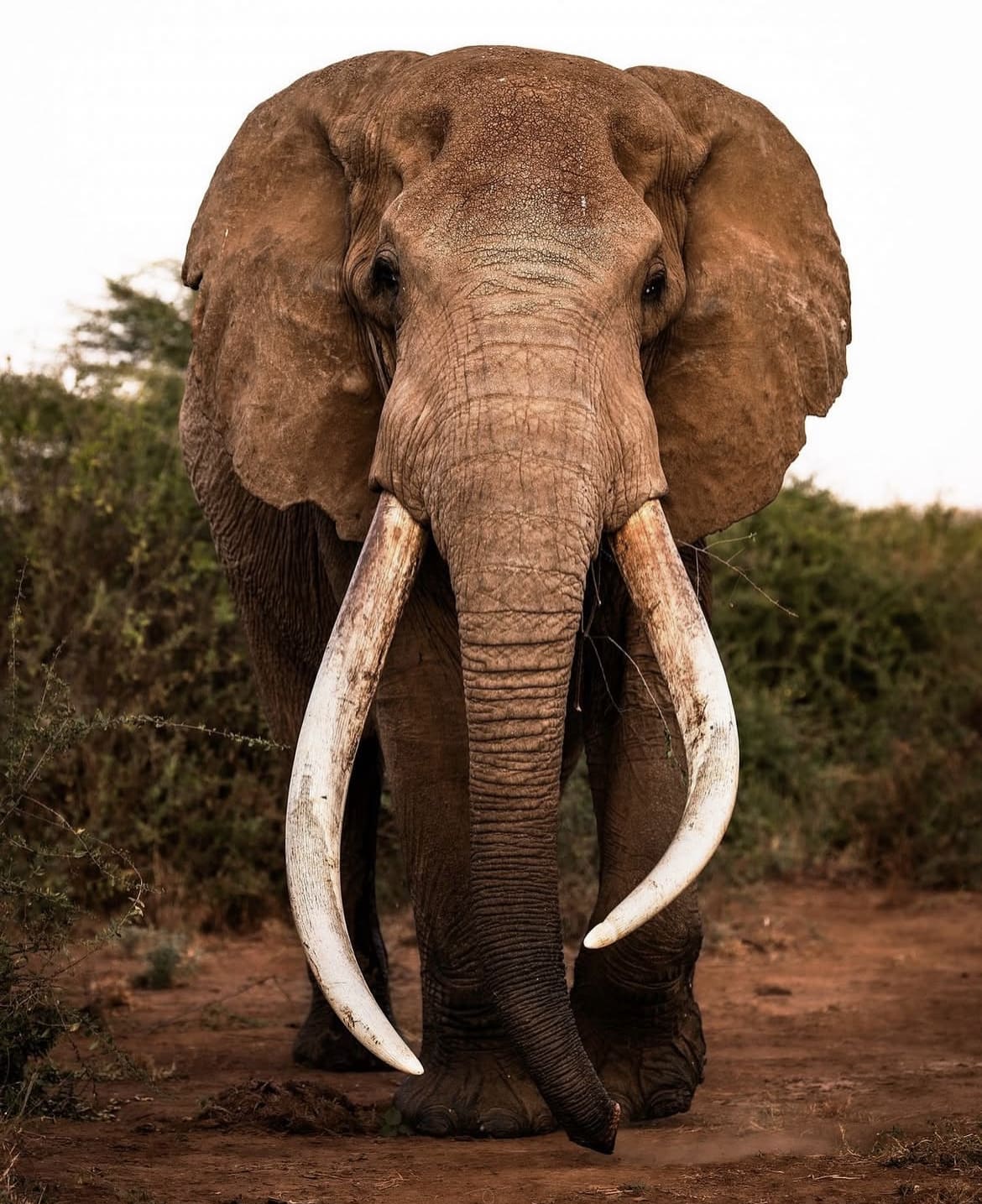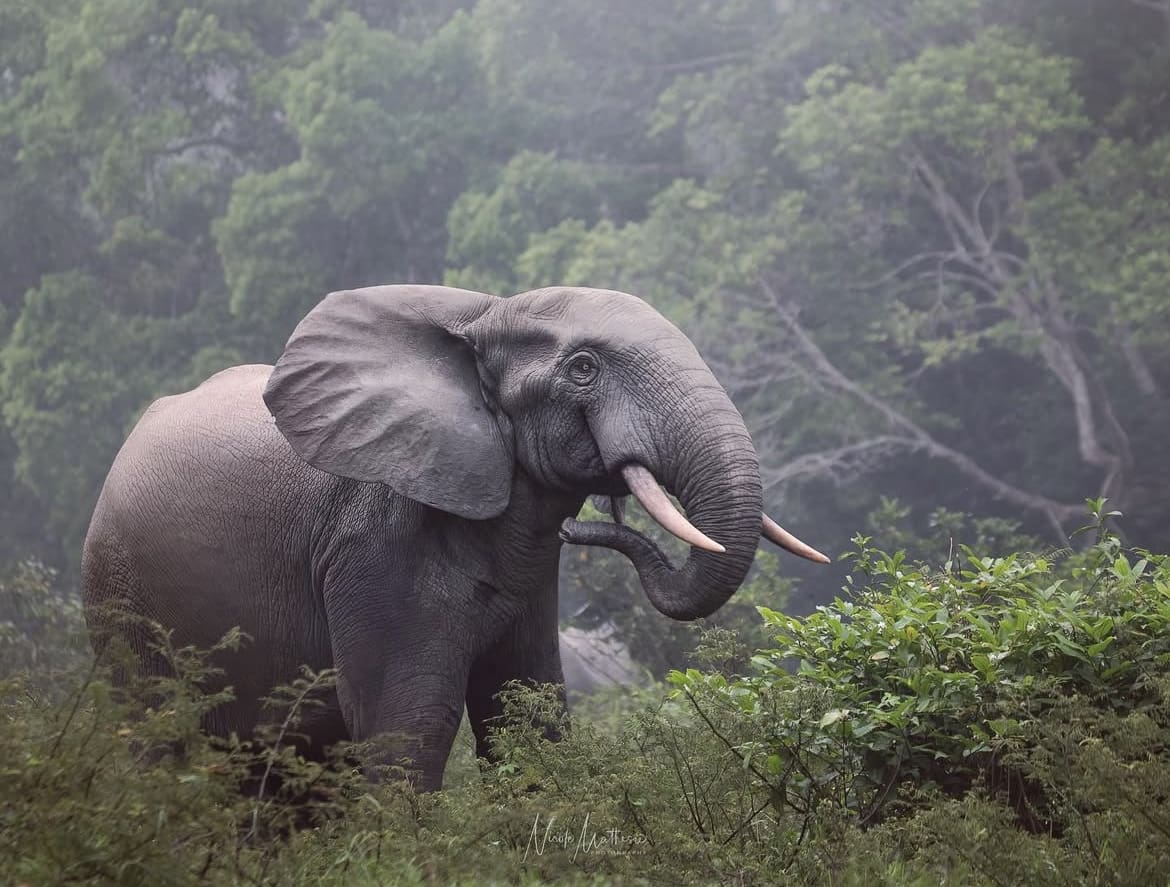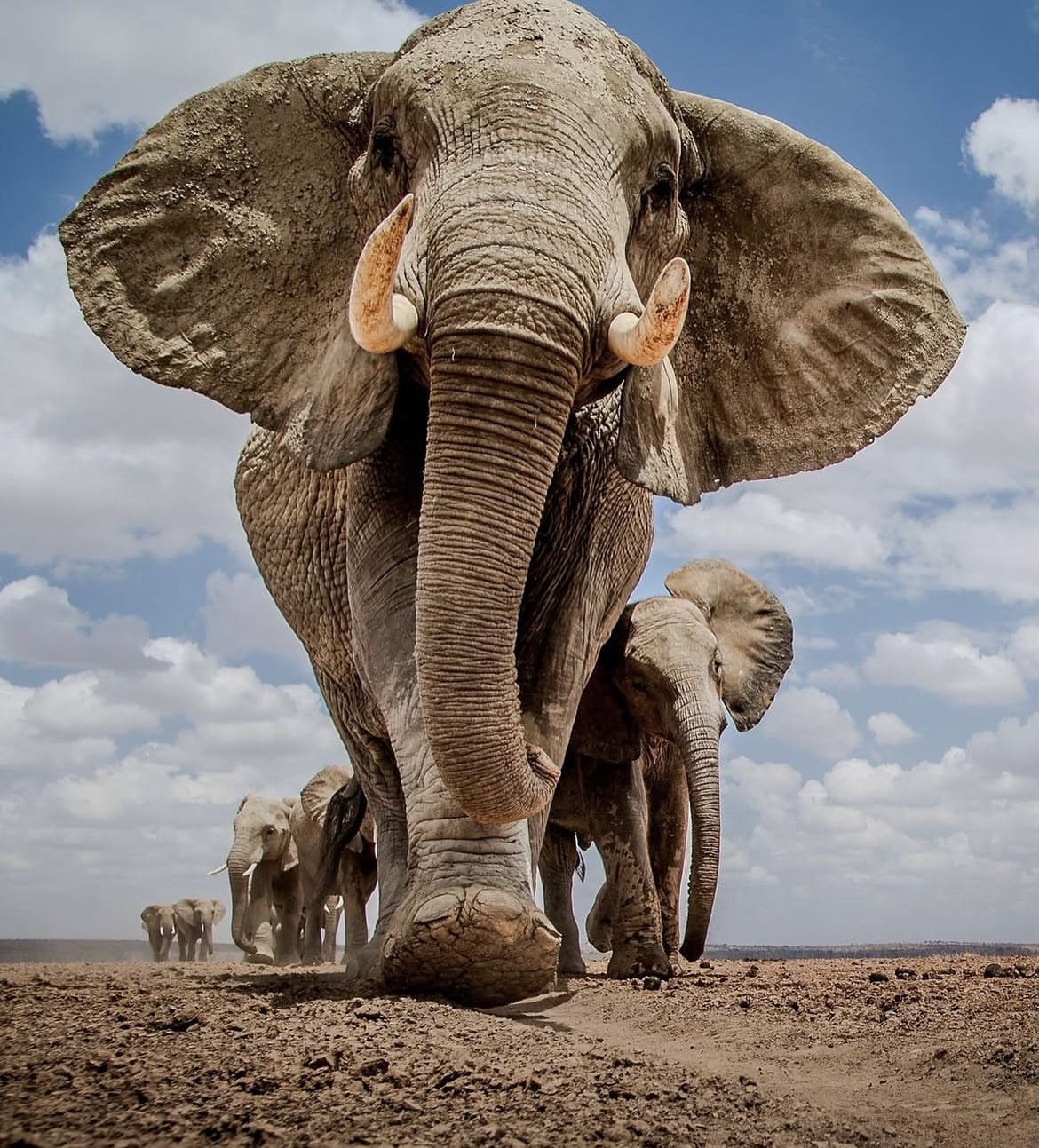African Elephants Are Becoming Hybrids: Implications for Biodiversity and Conservation
Today, two species of African elephants roam the continent: the forest elephant and the savanna elephant.
For thousands of years, these species remained genetically distinct, separated by geography, ecology, and evolution. But in recent years, scientists have discovered something alarming: African elephants are becoming hybrids. This phenomenon is happening faster than expected and in specific regions, raising concerns about its implications.
Human activity—including habitat destruction, poaching, and climate change—has driven these animals into overlapping territories.
As their ranges collide, so do their genetic lineages. While hybridization might seem like nature adapting to disruption, it presents complex problems for conservationists and ecosystems.
Background on African Elephant Species
African elephants were officially recognized as two distinct species in the early 2000s. While they may seem similar at a glance, their differences are significant.
Forest Elephants
Forest elephants are smaller, with straighter tusks and rounder ears. They live in the dense rainforests of Central and West Africa, where their smaller size allows them to navigate thick vegetation.
They are critical to rainforest ecosystems, dispersing seeds and creating paths that allow forests to breathe and regenerate.

Savanna Elephants
Savanna elephants, also know as Bush elephants are the larger of the two. They inhabit open plains and woodlands across sub-Saharan Africa. With wider ears and curved tusks, they dominate vast landscapes. Their role in maintaining grasslands is equally essential—they control tree growth and keep these ecosystems balanced for other wildlife.
Historically, these two species thrived in separate habitats, divided by natural barriers like rivers and dense forests. Their evolution diverged for a reason: each species adapted to its specific environment over thousands of years. Now, those distinctions are being erased.
Read Next: Get To Know The African Savanna Elephant

Causes of Hybridization
Poaching and Population Decline
Poaching remains one of the most devastating threats to elephants, particularly for savanna populations whose large tusks make them prime targets. As their numbers plummet, survivors are forced to migrate further in search of mates. In regions where forest and savanna elephant ranges overlap, hybridization begins.
Habitat Loss and Fragmentation
Deforestation is carving up Africa’s once-continuous elephant habitats. Logging, agriculture, and urban expansion are shrinking the forests that forest elephants call home. Meanwhile, open savannas are being replaced by farms and settlements. The result is forced coexistence in fragmented zones, where the barriers that once kept the species apart no longer exist.
Climate Change
Rising temperatures, droughts, and unpredictable weather are also driving elephant movement. Water scarcity is forcing forest elephants into savanna regions and vice versa. Food shortages push both species to explore new territories, and the boundaries that kept them separate are blurring.

Where It’s Happening
Scientists have identified several hybrid zones where forest and savanna elephants now share territory:
Uganda-DRC Border: This region, straddling Uganda and the Democratic Republic of the Congo, is a hotspot. Habitat destruction has created a space where elephants of both species now meet and interbreed.
Central African Republic: Logging and agricultural activities have fragmented the forests here, creating overlaps between forest and savanna elephants.
West Africa: Deforestation in areas once dominated by forest elephants has brought them into contact with savanna elephants. Hybrids have become increasingly common.
Characteristics of Hybrid Elephants
Hybrids display physical traits that are a mix of both species. They often have the larger bodies of savanna elephants combined with the straighter tusks of forest elephants. These changes are not just superficial. The genetic merging of two species with distinct evolutionary paths could alter their roles in their respective habitats.
Unlike some hybrid species that are sterile, African elephant hybrids are fertile. They can reproduce, passing on their mixed traits to future generations. Over time, this could result in a significant shift in elephant populations, where hybrids dominate areas that were once home to pure forest or savanna elephants.
Read Next:
- WATCH: Crocodile Takes On 5 Different Elephants In The Zambezi
- Why Botswana and Namibia Want Fewer Elephants
- The 7 Best Places To See Elephants In Africa

Why It Matters
Hybridization raises concerns for both genetics and ecosystems.
Genetic Diversity Under Threat
The adaptations that allowed forest and savanna elephants to thrive in their respective habitats took thousands of years to develop. Hybridization risks diluting these unique traits. For example, forest elephants’ ability to thrive in dense rainforests could be weakened, while savanna elephants may lose characteristics that allow them to dominate open grasslands.
This loss of genetic diversity makes both species more vulnerable to environmental changes, diseases, and other pressures.
Impact on Ecosystems
Elephants are ecosystem engineers. Forest elephants keep rainforests healthy by dispersing seeds over large distances. Savanna elephants shape grasslands by preventing tree overgrowth. Hybrids may struggle to fully perform these roles, leading to potential disruptions in both ecosystems.
For example, a hybrid elephant might not disperse seeds as effectively as a forest elephant or maintain grasslands as well as a savanna elephant. Over time, this could destabilize habitats, threatening other species that rely on them.

The Conservation Challenge
Addressing hybridization requires a multi-faceted approach. Protecting distinct forest and savanna elephant populations while acknowledging the realities of hybridization is a difficult balance.
Restoring Habitats
Reversing habitat loss is key to preventing further hybridization. Forest elephants need intact rainforests, and savanna elephants require open plains. Conservation initiatives must focus on halting deforestation, creating wildlife corridors, and protecting natural spaces.
Combating Poaching
Poaching drives elephants to migrate and mix. Stronger anti-poaching enforcement and reduced demand for ivory are critical to stabilizing populations and reducing forced movements into overlapping territories.
Adapting to Climate Change
Efforts to mitigate the effects of climate change—like securing water sources and improving land management—can reduce the stressors that force elephants to move.
Conclusion
The hybridization of African elephants is a direct result of human activity. Habitat destruction, poaching, and climate change have broken the natural barriers that once kept forest and savanna elephants apart. While hybridization might seem like a natural adaptation, it comes at a cost: the loss of genetic diversity and potential disruptions to ecosystems.
Protecting Africa’s elephants will require urgent and coordinated action. Habitat restoration, anti-poaching measures, and strategies to address climate change are essential. At the same time, conservationists must confront the challenges hybrids present and make decisions that balance immediate realities with long-term goals.
If we fail to act, the distinct identities of Africa’s elephants may fade, replaced by hybrids that reflect not nature’s design, but humanity’s impact on the world.
